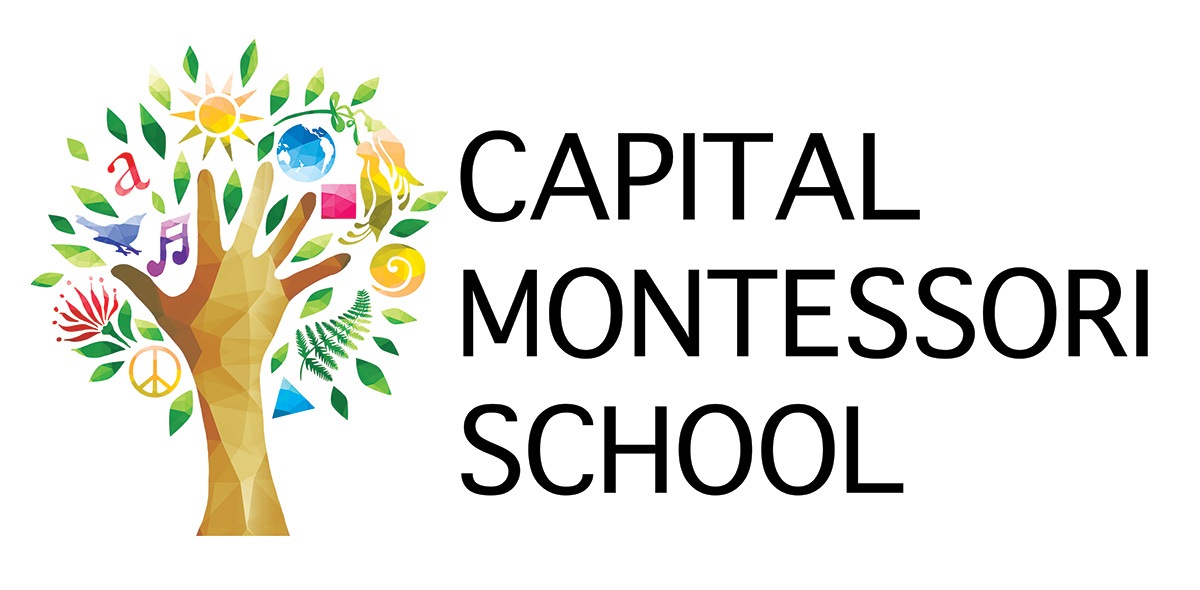In this day and age, our cinemas are rife with talking and singing animals, magical princesses and comic book super heroes, with the marketing of these characters filtering into our everyday life, from toys and clothing, to bed linens and tableware. Does the prevalence of these ‘bigger than life’ fantasy characters impact on our children?
Let's start by examining a few quotes from Maria Montessori's writing.
"There are many who hold, as I do, that the most important period of life is not the age of university studies, but the first one, the period from birth to the age of six. For that is the time when man's intelligence itself, his greatest implement, is being formed. But not only his intelligence; the full totality of his psychic powers." (The Absorbent Mind p.21)
And,
"So, from the age of three till six, being able to now to tackle his environment deliberately and consciously, he begins a period of real constructiveness." (The Absorbent Mind, p.152)
What we can take from these is that children from birth to six years are building or constructing themselves through interacting with their environment. We, as adults are charged with the task of providing our children with the truest and soundest knowledge of our environment as a tool in this construction process.
Can we construct something with faulty tools? Yes, but the process is inefficient and frustrating in the very least. So, if we provide our children with ‘bigger than life’ super heroes that do things not humanly possible, we are giving them a faulty tool.
How is the child between 3-6 years going to sort out what is real and not real? They come into our world with no experience, no knowledge, no long history of living here, to know for sure when something is real or not. Let’s not forget, they are in the process of building themselves one experience at a time. Knowledge of the real world, of nature and how things work is the best tool we can give our children for their self-construction.
Can we keep our children from being exposed to this alternate world bigger than life? Yes, but only if you move to a remote island without any TV or Internet! Unrealistic. We can minimize exposure though and share our own knowledge and truth. It’s important to give correct information when our little ones are exposed to these characters, simply by saying "You know (------) is not real, people cannot do those things" or " Bears do not really wear clothes".
Now, you might ask where does imaginative play and creativity come in?
Imaginative play and creativity are quite different from fantasy. In imaginative play, the child acts out a scenario that is true to life. Children ‘play house’ and take on different roles in a family, or ‘play rescue people’ or even ‘play at being dogs’ and do the things that real dogs do. This type of play is imitating life and helps the child work out in practice what they have observed. I witnessed just the other day a child in our garden turn over a flowerpot, place another one on top ‘to make me tea’. Oh yes, and ‘the heat came from the sun to heat up the pot’! This little fellow was totally aware of alternative energy. Imaginative play is a positive and beneficial tool in self-construction.
Creativity comes when the child passes into the stage of concrete thinking or the age of reason. It shows up in the second plane of development from 6-9 years. At this point, children have come far in their self-construction. They have classified, categorised and ordered the world they know, with all the beneficial tools we’ve given to them. They know the natural order.
Now, they are ready to re-combine these categories and create something different. With all the experiences they’ve gained in the first six years, they can even tell jokes! I am sure we have all marvelled at how funny and clever these first re-combinations of categories are. At this stage, animals talking are cute or funny. They know the categories of people and animals and can put them together to make something new, knowing that it doesn’t happen in real life.
As you can see, the more able children are to understand the real world, to have formed numerous classifications and categories, with the high quality tools we have provided them from 3-6 years, the more creative they can be in expressing themselves. That is the goal of the Montessori method, to be an aid to life, guiding children to reach their full potential, and in turn, create a better world. They are the hope of our future!
Phyllis Somers is our Rata Infant and Toddler facilitator and also teaches in our 3-6 classrooms. Phyllis comes to Capital Montessori from the Kalihiwai River plateau, in the ahupua'a of Kilauea, Moku of Halele'a on the north shore of the island of Kauai in Hawaii Nei. Her passion is working with our youngest children in an infant community setting. She holds a 0-3 AMI (Association Montessori Internationale) diploma and 3-6 AMS (American Montessori Society) diploma, along with a California Early Childhood credential and a BA in psychology.

